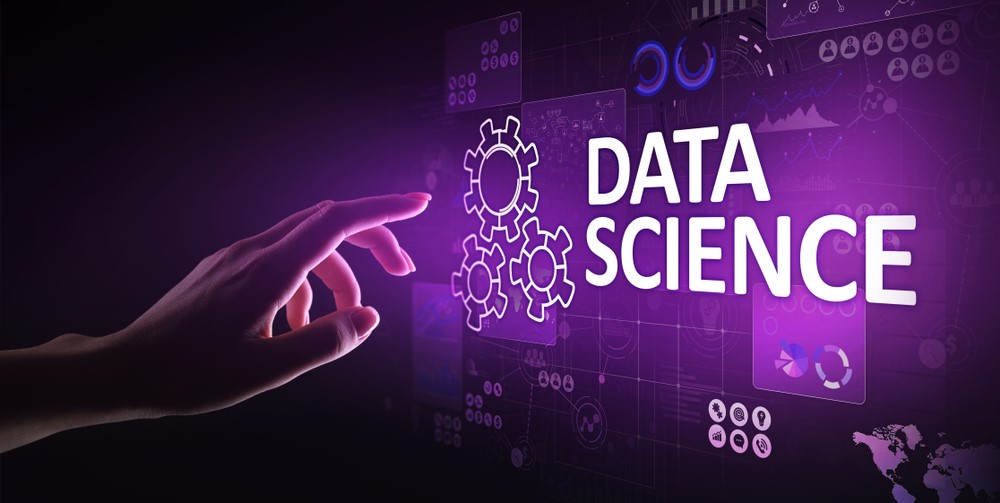Introduction
AI makes a major part of Data Science today as it is used to handle huge amounts of data effectively. Using AI, Data Science systems can easily learn patterns. Furthermore, AI enhances prediction, automation, and decision-making accuracy. It supports fast model training and continuous learning across domains. AI supports modern analytics in real time to provide insights that ensure stable outcomes for businesses. A Data Science Online Training course develop the best industry-relevant skill set to drive innovation.

Major Areas Where Data Science Uses AI
Data science uses AI to process large data in real time. It uses AI to find hidden patterns that normal algorithms cannot detect. It helps systems learn from data and improve performance with every new cycle. AI helps Data Science in building scalable models that support complex business environments.
1. AI in Predictive Analytics
Future values can be estimated in Predictive Analytics from large data using AI. They use LSTM models to capture long-term patterns in time-series data. These models improve accuracy in stock price forecasts, sales predictions, and machine health checks. The pipeline loads raw data, formats values, removes noise, and normalizes the final dataset. The model trains on past outcomes and updates weights after every epoch. The process creates a stable prediction engine that works with minimal manual tuning.
2. AI in Natural Language Processing
AI helps Natural Language Processing (NLP) to convert raw text into structured data. Token classification, intent mapping, sentiment scoring, etc. can be done easily using Transformers. Moreover, Vector embeddings understand meaning of words in long context windows. dependencies between tokens can be tracked using Deep models. NLP works well with voice commands, chatbots, document mining, compliance engines, etc. Data scientists use tokenization, text cleaning, embedding generation, and fine-tuning cycles to build effective NLP systems.
3. AI in Computer Vision
AI helps Computer vision to process images and videos accurately. Image pixels are scanned in small grids using convolutional neural networks. Next, it extracts patterns like edges, shapes, and textures. Higher-level features such as faces and objects are detected on the deeper layers. Vision transformers are useful for medical imaging, surveillance, defect detection, autonomous navigation, etc. The system uses techniques such as data augmentation, dropout, and batch normalization that support accuracy for unseen images. Databricks Online Course trains learners in unified analytics, big data processing, and advanced lakehouse architecture.
4. AI in Recommendation Engines
Recommendation Engins to track user behaviour can be built using AI. Deep learning allows one to understand relations between items, users, and context. Matrix factorization breaks large user-item matrices into latent factors. Neural collaborative filtering replaces linear factors with deep layers. Sequence-based engines treat user clicks as ordered events. These engines update with streaming data. They support platforms like e-commerce, media, and learning systems. Moreover, the model learns variations in users’ choices and provide personal suggestions with the help of large volumes of data.
5. AI in Anomaly Detection
AI supports anomaly detection in networks, financial data, sensor logs, and fraud systems. Deep autoencoders learn compressed representations of normal behaviour. They reconstruct normal patterns with low error. When the model receives strange input, the reconstruction error grows large. This behaviour helps the engine mark anomalies in real time. Isolation forests treat anomalies as points that split early in random trees. Neural models use unsupervised patterns to reduce manual effort. They provide alerts when system parameters drift outside expected boundaries.
6. AI in Optimization and Decision Systems
AI offers support for optimization engines. These engines operate on large systems with dynamic rules. Reinforcement learning uses reward functions to guide the agent. It updates the policy after every environment step. These systems help supply chains, dynamic pricing engines, traffic control systems, energy grids and so on. The agent explores the environment to detect the best policy for long-term outcomes. The training loop uses state capture, policy update, reward evaluation, and rollout execution. It builds a stable model that works well with changes and reduces manual rule design.
Conclusion
Data Science today relies on AI for enhanced data processing and generating visual and textual systems. With AI, Data Science systems can easily develop models that learn task patterns without having to follow manual rules. The Data Science Course in Delhi offers ample hands-on training opportunities for the learners to build the best skills. Furthermore, AI in data science improves accuracy and reduces cost drastically. These technologies together can create systems that ensure innovation and efficiency across industries.
 Rohit .
Rohit .  Rohit . -
-
Technology -
delhi
data
science
training
databricks
-
11 views -
0 Comments -
0 Likes -
0 Reviews
Rohit . -
-
Technology -
delhi
data
science
training
databricks
-
11 views -
0 Comments -
0 Likes -
0 Reviews